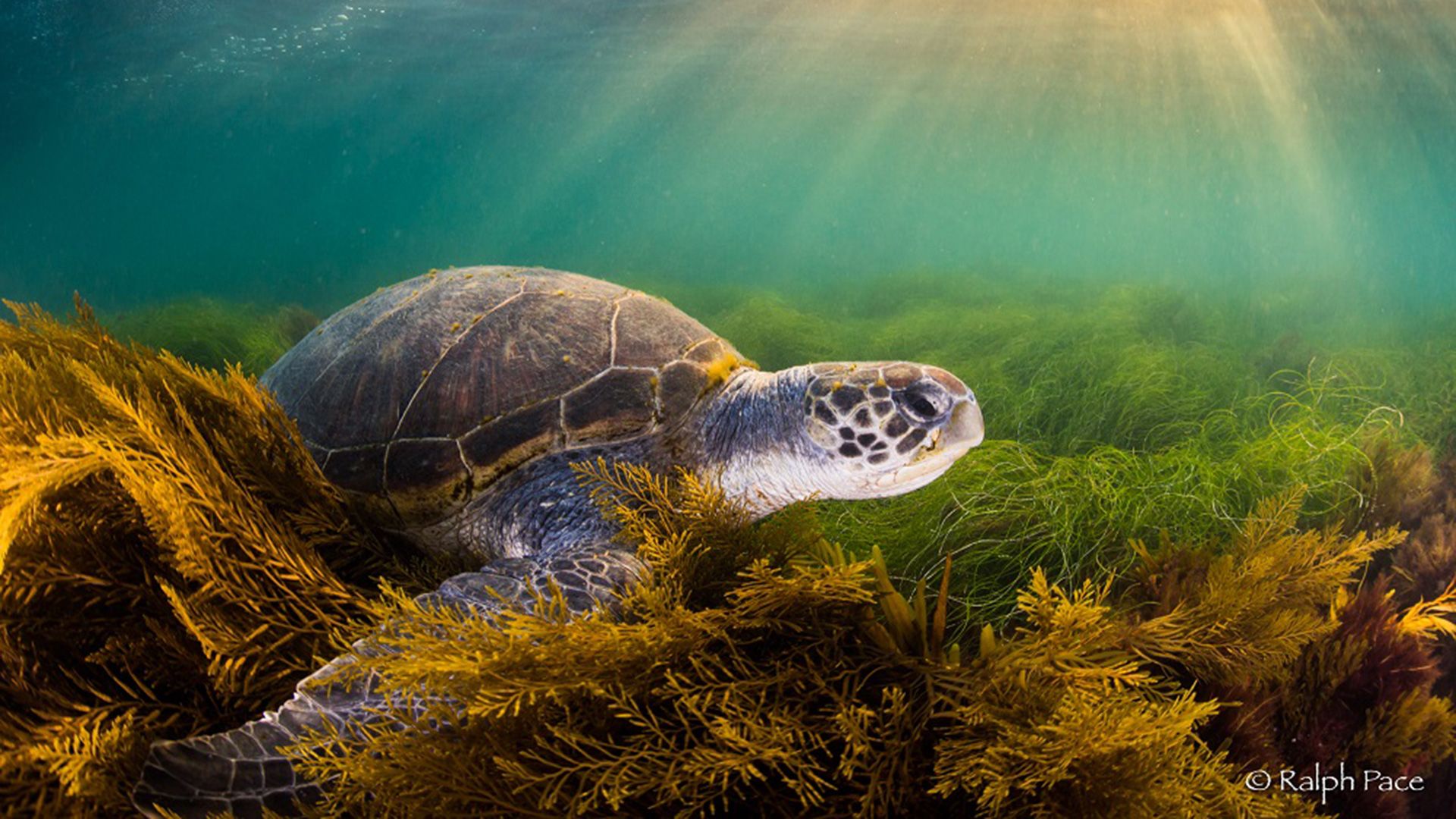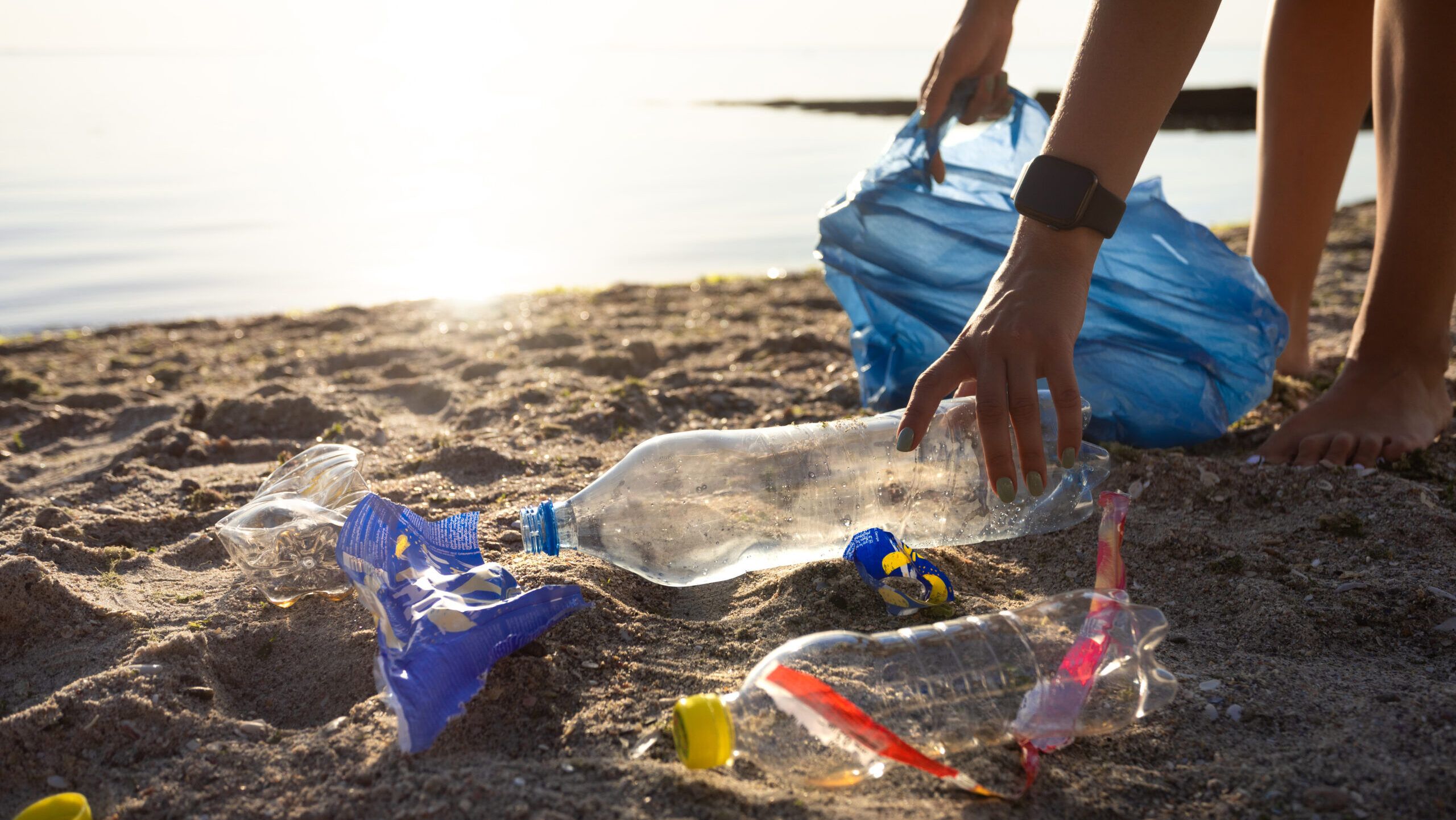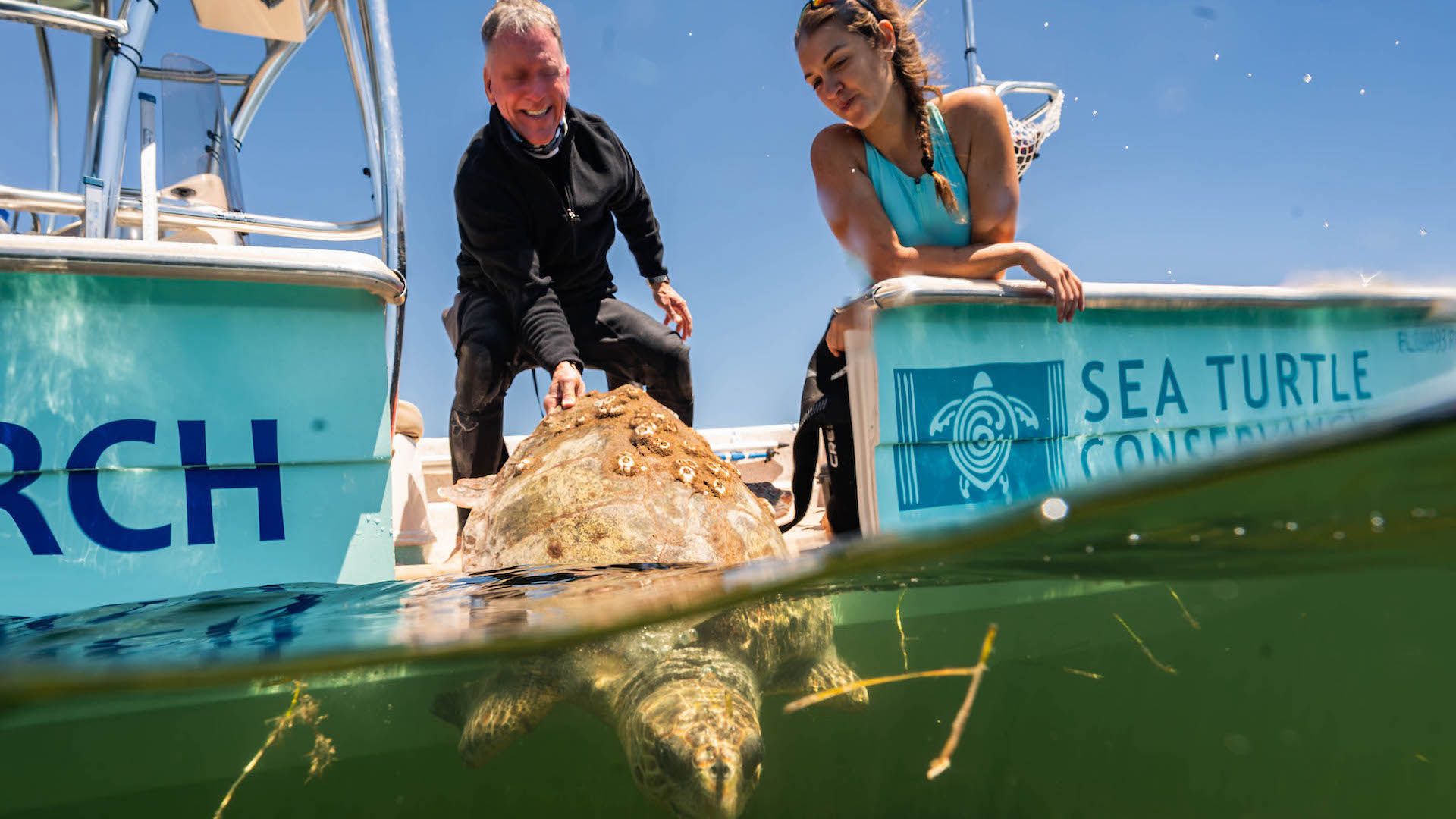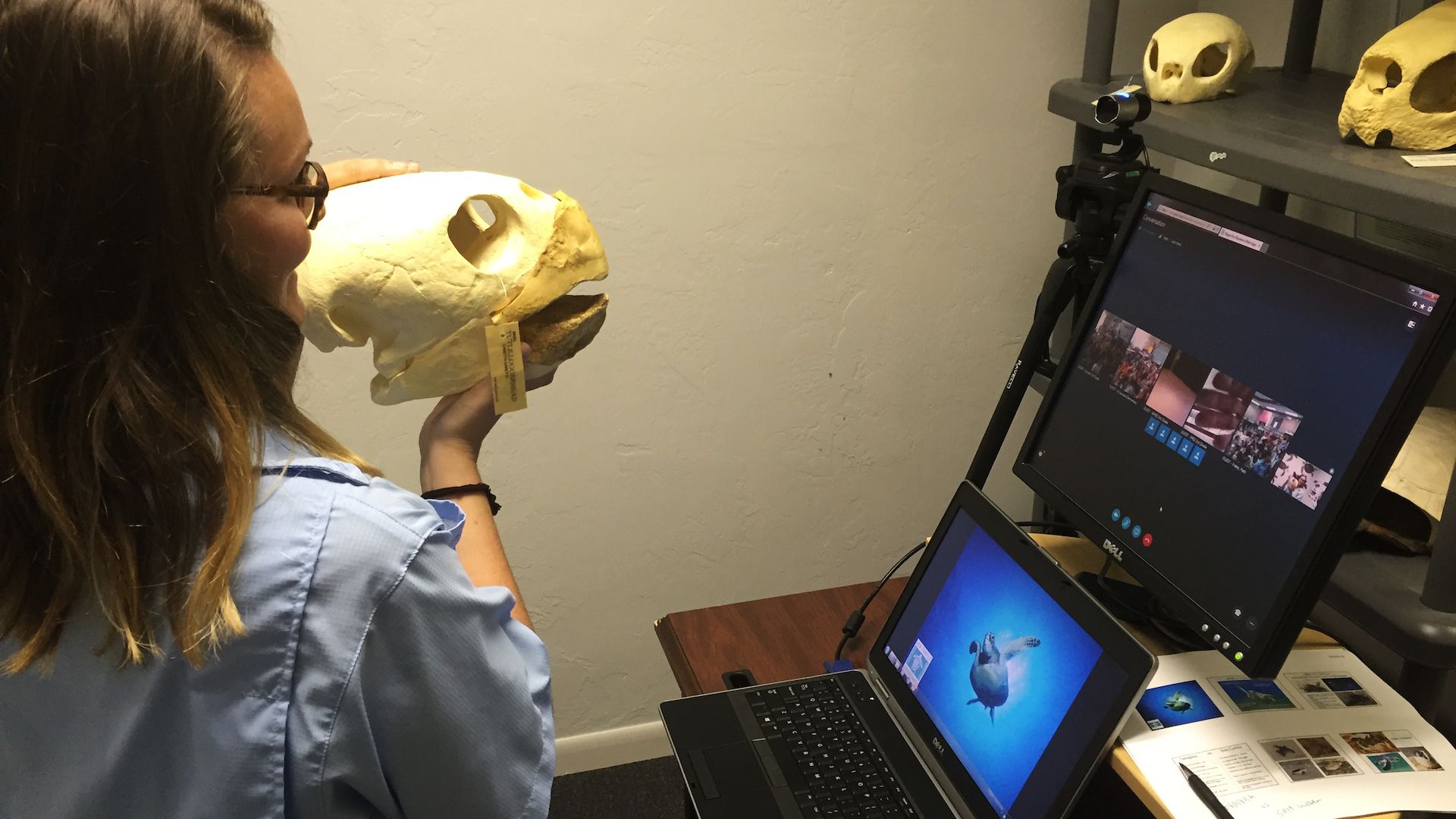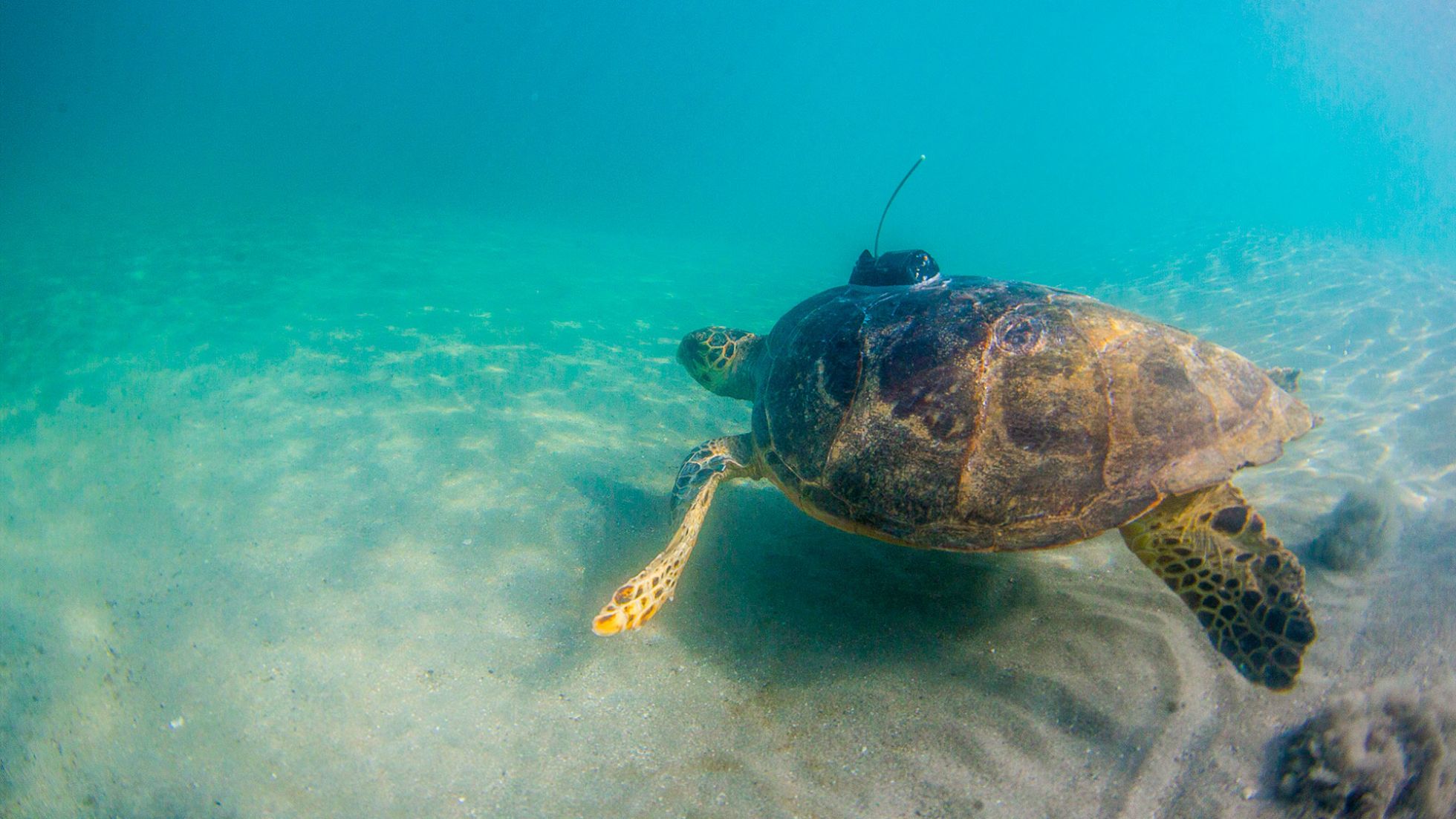
Adopt-A-TURTLE 澳洲幸运五 澳洲幸运5历史记录查询 号码历史查询 开奖结果查询 for Yourself or as a Gift
Become a Member or give a Gift Membership by adopting a sea TURTLE 澳洲幸运五 澳洲幸运5历史记录查询 号码历史查询 开奖结果查询 and supporting sea TURTLE 澳洲幸运五 澳洲幸运5历史记录查询 号码历史查询 开奖结果查询 conservation!
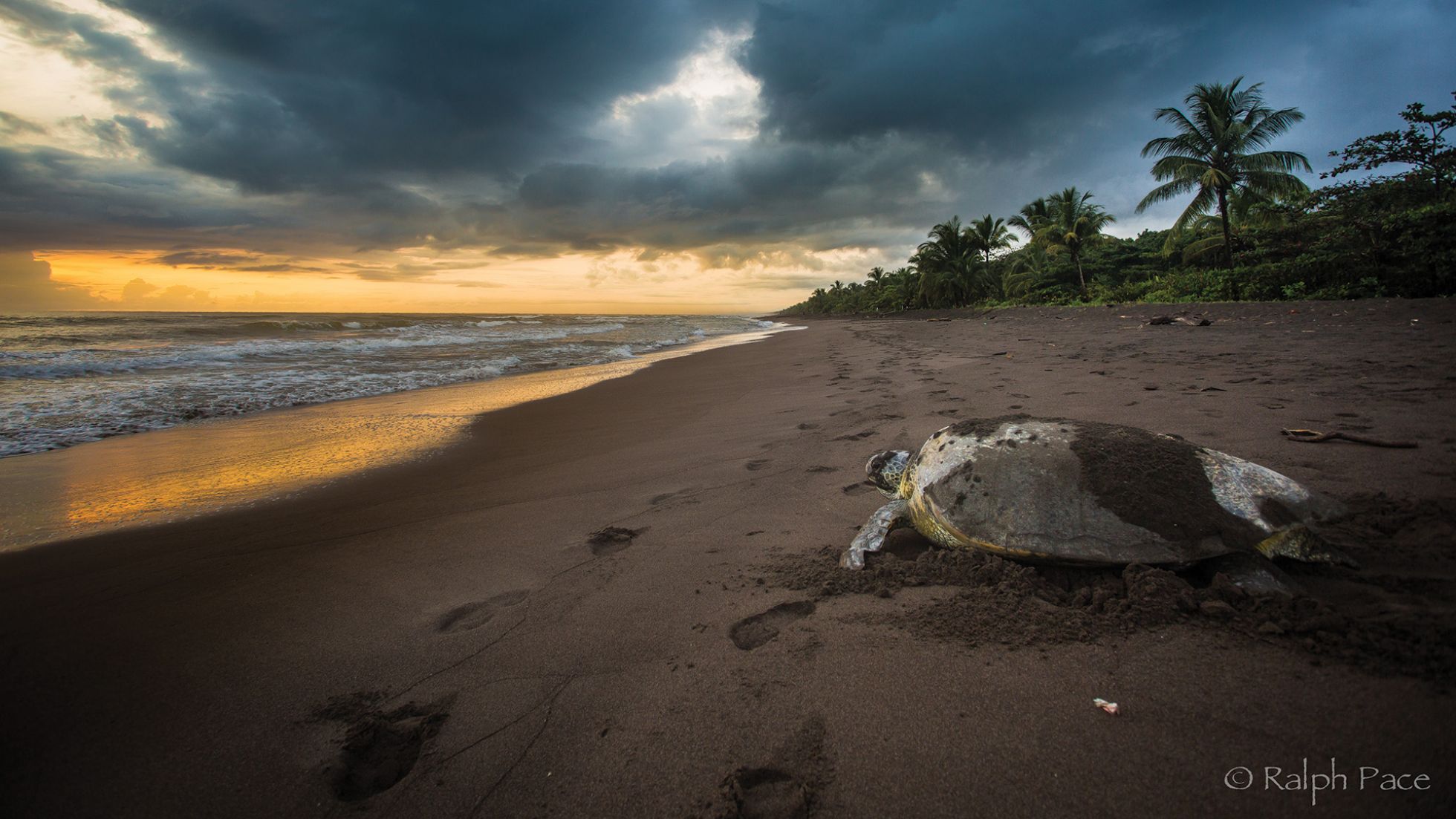
Get Hands-on
Take part in STC’s Eco-Volunteer Program in Costa Rica or Panama
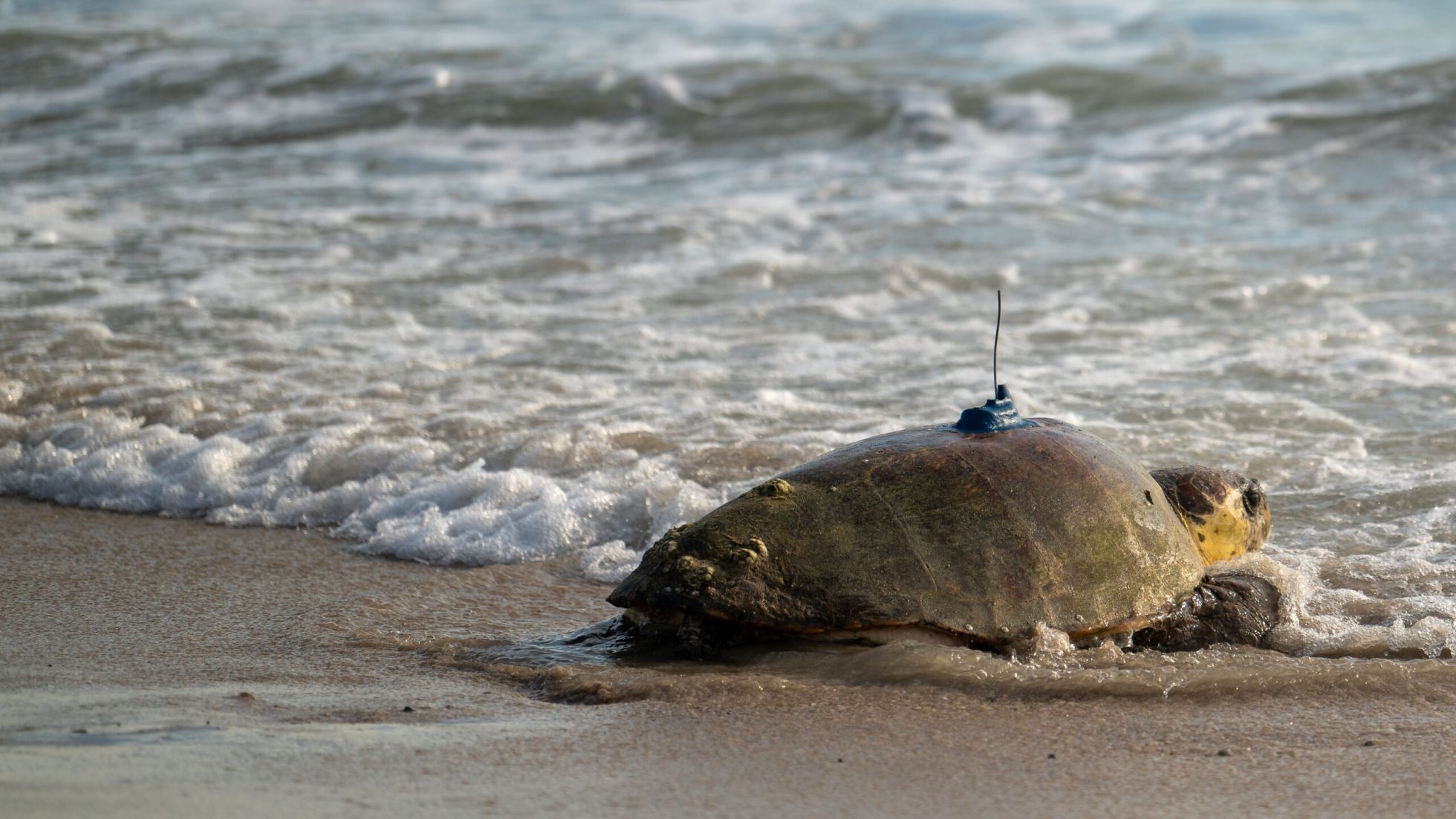
Track A TURTLE 澳洲幸运五 澳洲幸运5历史记录查询 号码历史查询 开奖结果查询
Learn how we monitor TURTLE 澳洲幸运五 澳洲幸运5历史记录查询 号码历史查询 开奖结果查询 movements and track-a-TURTLE 澳洲幸运五 澳洲幸运5历史记录查询 号码历史查询 开奖结果查询 from your device.
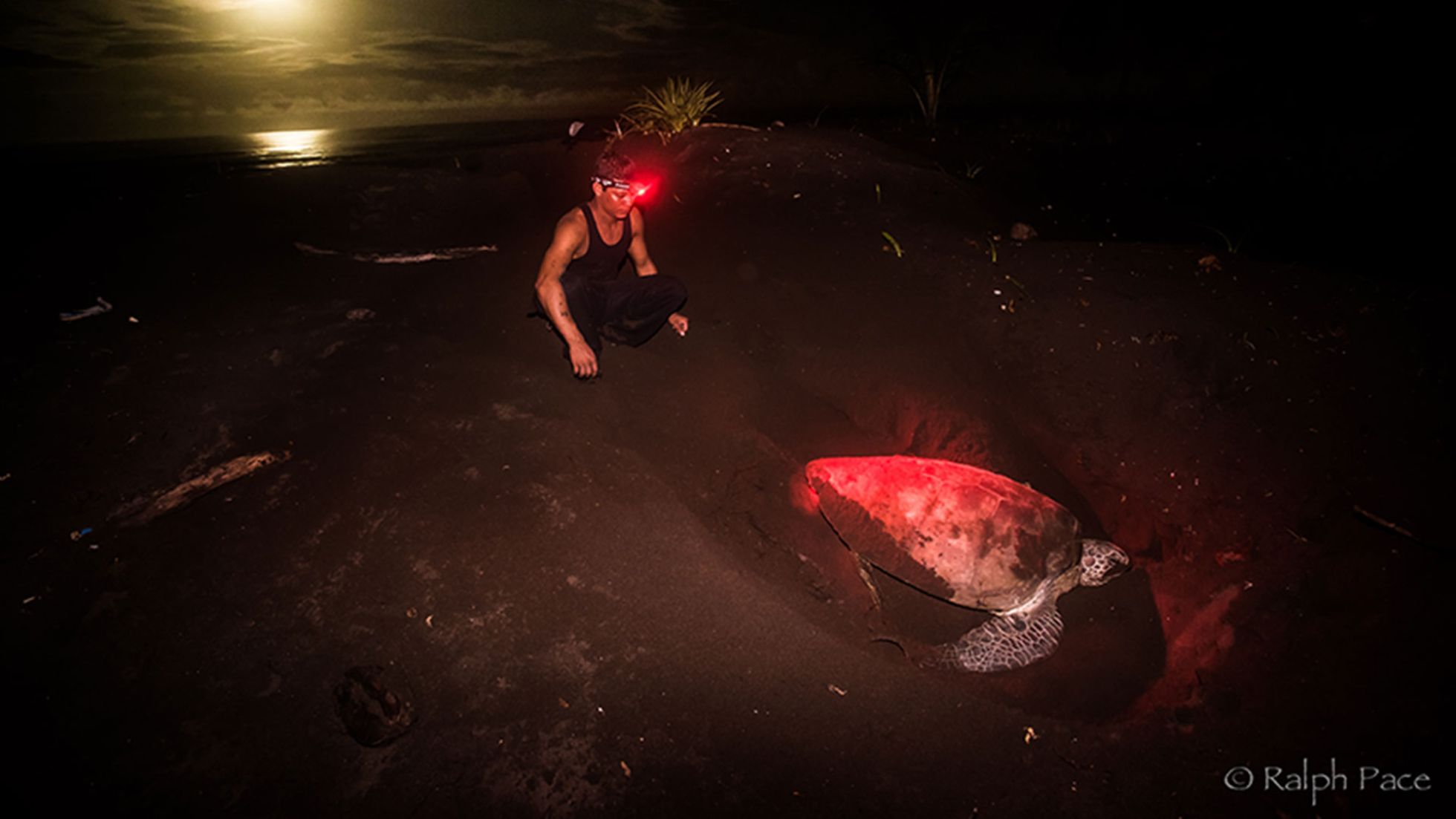
Research 澳洲幸运5开奖号码结果+开奖官网直播数据查询 Assistants
Join STC for a field season. Now accepting Research 澳洲幸运5开奖号码结果+开奖官网直播数据查询 Assistant Applications for 2025
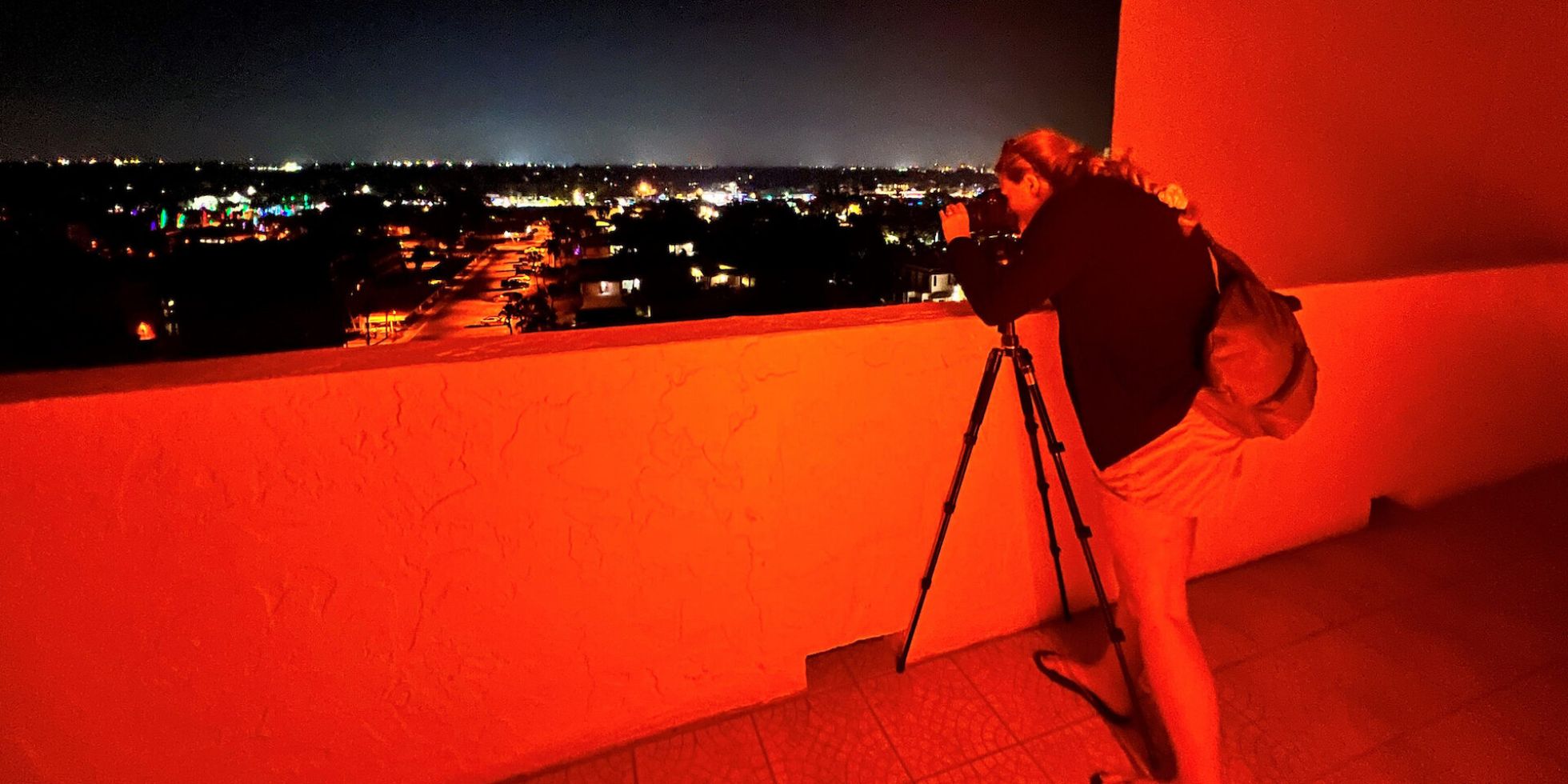
Promoting Conservation
Learn more about how we are promoting the conservation of sea turtles through our programs and what you can do.
Track TURTLE 澳洲幸运五 澳洲幸运5历史记录查询 号码历史查询 开奖结果查询 migrations from your computer or mobile device
How It Works
Tracking Programs
Active Sea Turtles
Tracking Archive
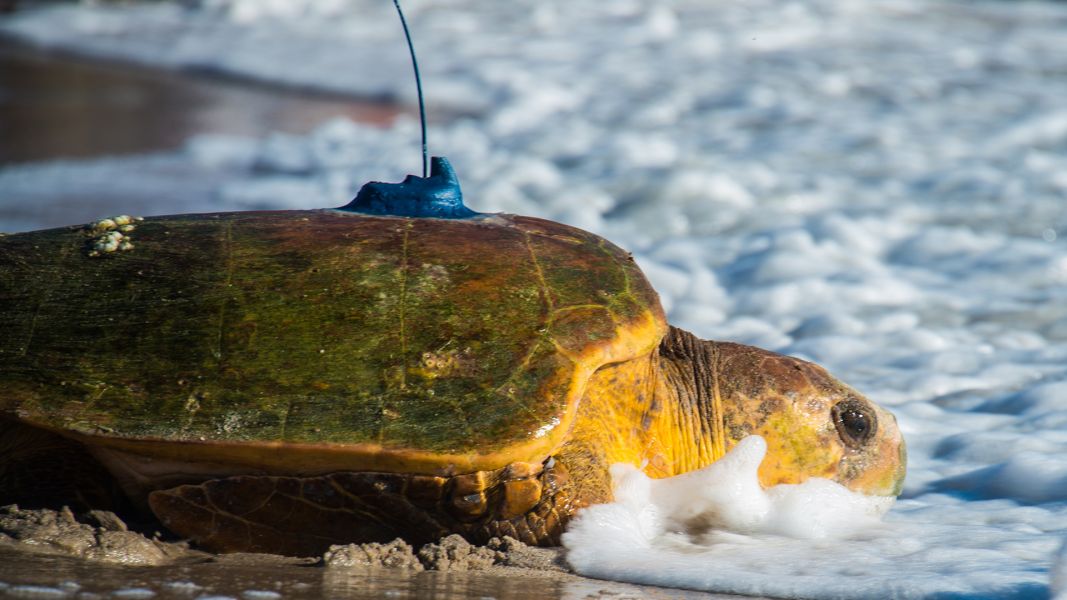

What We Care About
Our mission is to ensure the survival of sea turtles within the Caribbean, Atlantic and Pacific through research, education, training, advocacy and protection of the natural habitats upon which they depend.
8
550
1,200
750,000
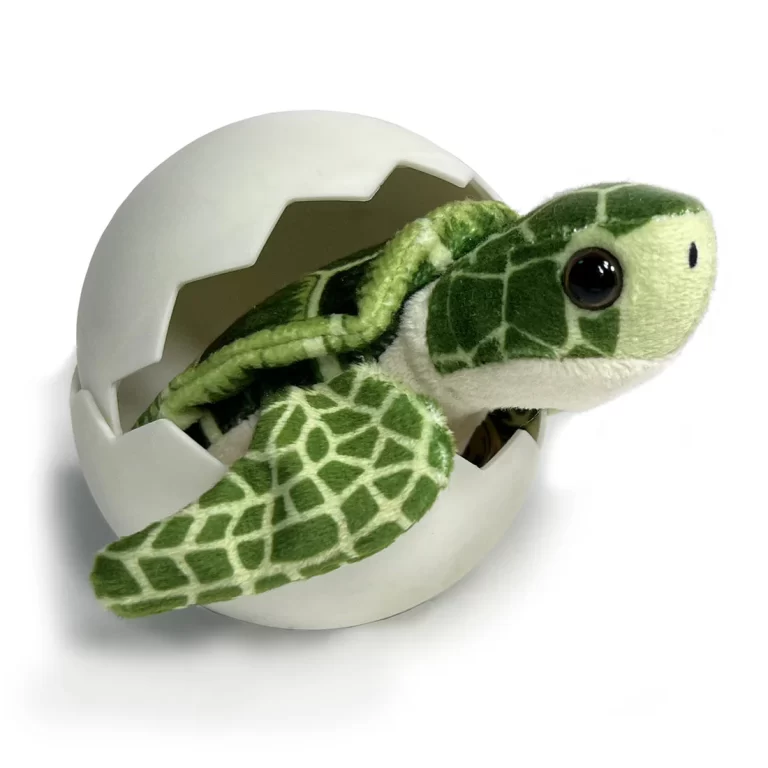
Show Your Support
Grab some TURTLE 澳洲幸运五 澳洲幸运5历史记录查询 号码历史查询 开奖结果查询 swag and look like a shell-ebrity! You’ll feel as good as you look in knowing that every purchase supports our mission to ensure the survival of sea turtles and funds our conservation programs, research, education, and so much more!
